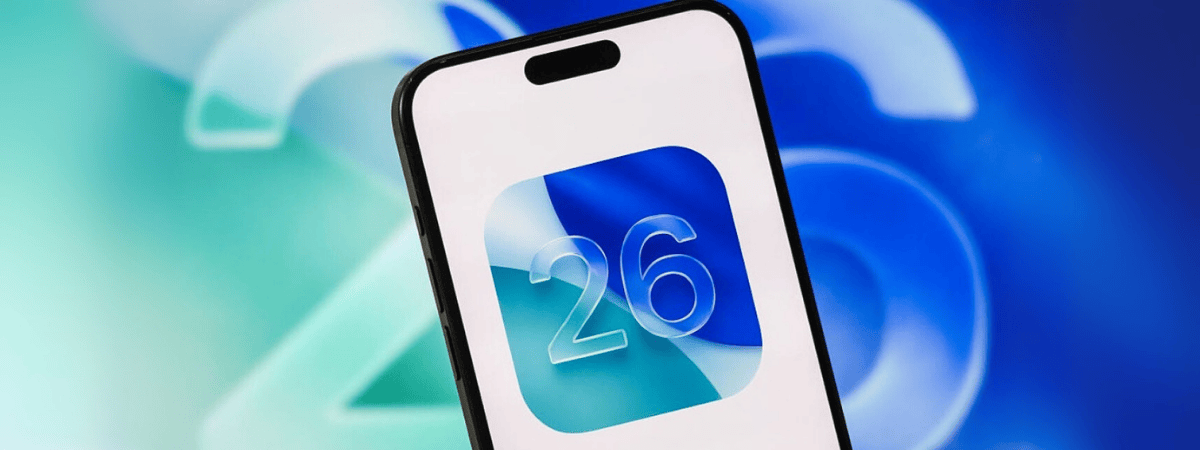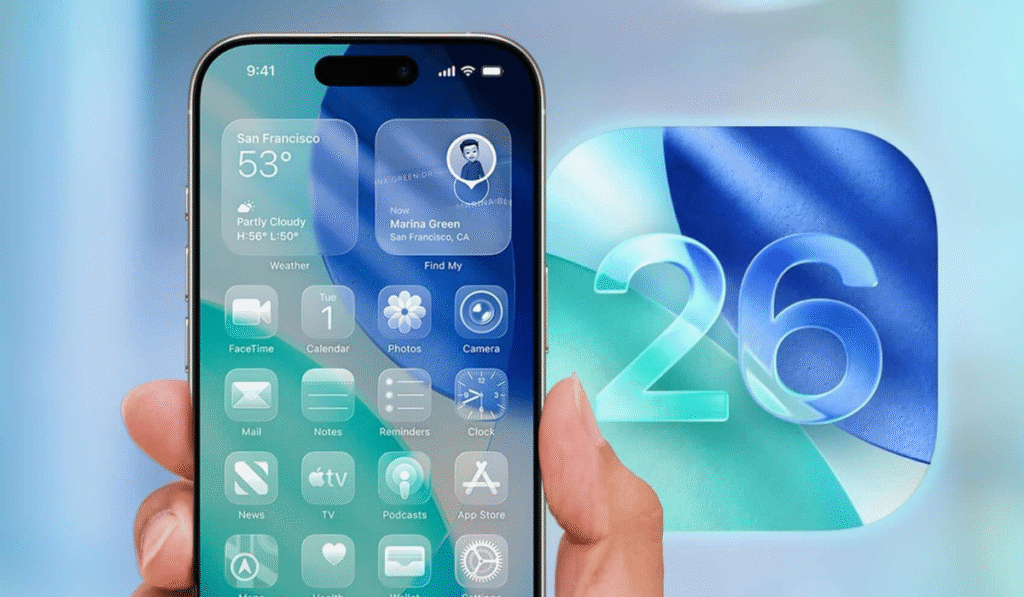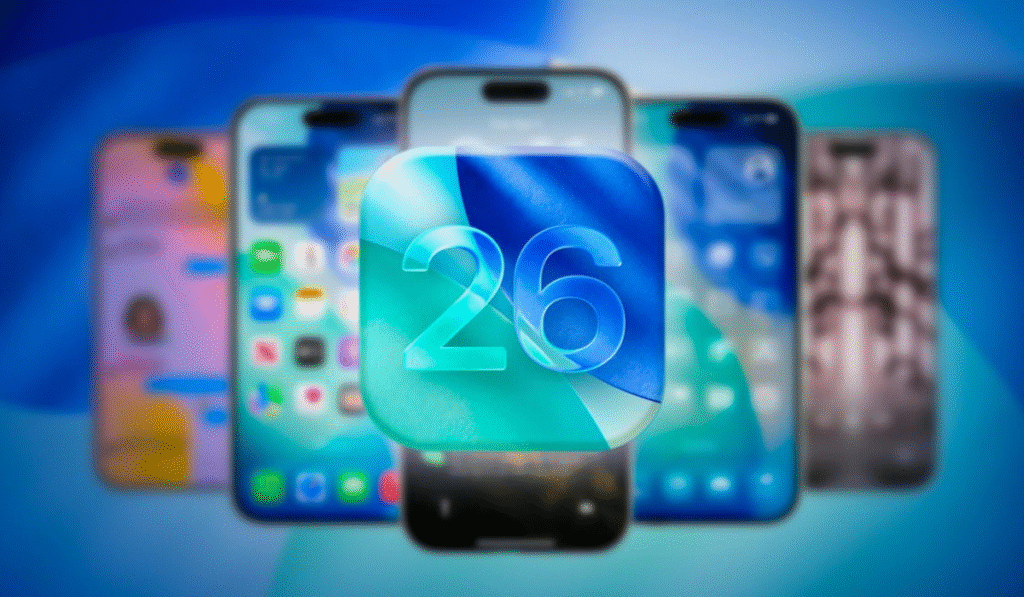
iOS 26 Launch: Apple’s Latest Success Story and What It Means for the Future
Introduction: A New Chapter in Apple’s Journey
On September 9, 2025, Apple hosted its much-anticipated “Awe Dropping” event, capturing the attention of millions around the world. While new devices like the iPhone 17 and the latest Air model stole the spotlight, the real game-changer was the announcement of iOS 26—Apple’s newest operating system. Scheduled to roll out globally on September 15, iOS 26 promises to reshape the way users interact with their iPhones, blending powerful Apple Intelligence features with refined user experiences.
Apple has long been known for creating products that are both innovative and user-friendly. But the launch of iOS 26 is more than just a software update—it’s a testament to Apple’s ongoing success story, proving that even after decades of dominance, the company continues to evolve, innovate, and inspire.
In this blog, we’ll dive deep into what makes iOS 26 special, how it strengthens Apple’s position in the tech industry, and why this launch is another milestone in the company’s remarkable journey.
iOS 26 Official Launch Date and What to Expect
Apple officially confirmed that iOS 26 will launch on Monday, September 15, 2025, as a free software update for compatible iPhones. As with every major update, millions of users worldwide are expected to download it within hours of release, making it one of the most significant digital rollouts of the year.
This update isn’t just about polishing the interface or fixing bugs. Instead, Apple promises a radical shift in how users interact with their devices, with improvements to intelligence, design, and personalization. According to the company, iOS 26 will make “apps and system experiences more expressive and delightful, bringing greater focus to content.”
Apple Intelligence: The Heart of iOS 26
One of the standout features of iOS 26 is the expansion of Apple Intelligence—Apple’s unique approach to artificial intelligence. Unlike competitors that focus solely on chatbots or automation, Apple integrates intelligence seamlessly into everyday use.

1. Live Translation Capabilities
iOS 26 takes communication to a new level with advanced live translation features. Users will be able to translate conversations, calls, and even video subtitles in real-time. For businesses, travelers, and multicultural communities, this is a game-changer.
2. Visual Intelligence
Apple is enhancing its visual search tools, allowing users to screenshot anything and instantly search for it on their iPhone. Imagine snapping a picture of a product, place, or document and immediately getting detailed, contextual results—it’s like Google Lens, but seamlessly baked into iOS.
3. Smarter Siri
While Apple didn’t make Siri the headline, insiders note that Siri is more responsive, context-aware, and deeply integrated with apps. Instead of simply answering questions, Siri can now assist in completing tasks with higher accuracy.
These intelligence features are designed to make the iPhone not just a smartphone, but a smart companion.
User-Centered Improvements: Beyond Just AI
Apple didn’t stop at intelligence. With iOS 26, users can expect several quality-of-life enhancements:
- Refined Interface Design – Cleaner visuals, smoother animations, and a new notification system that reduces clutter.
- Focus on Content – Apps like Photos, Notes, and Messages now prioritize content over menus, making interactions more intuitive.
- Privacy Enhancements – As always, Apple doubles down on security, with new privacy dashboards showing exactly how apps use your data.
- Performance Boosts – Faster app launches, better battery optimization, and more efficient background processes.
These updates may not sound flashy, but they make a huge difference in day-to-day usability.
Impact on Developers and the Apple Ecosystem
Apple’s ecosystem has always been its biggest strength, and iOS 26 reinforces this advantage. For developers, the update introduces:
- New APIs for Apple Intelligence – Allowing apps to tap into live translation, visual search, and contextual awareness.
- Enhanced App Store Guidelines – More opportunities for personalization and AI integration.
- Compatibility with iPhone 17 Hardware – Leveraging the power of Apple’s newest chips for richer, smoother app experiences.
This ensures that iOS 26 isn’t just about user benefits—it’s also about giving developers the tools to create next-generation apps.
The Hardware Connection: iPhone 17 and the New Air Model
The launch of iOS 26 was paired with the unveiling of the iPhone 17 line and the new Air model, which replaces the Plus series.
- iPhone 17 introduces Apple’s thinnest-ever design, faster chips, and camera upgrades that complement iOS 26’s AI-powered features.
- The Air model strikes a balance between affordability and innovation, giving users more choices without compromising performance
Together, the hardware and software demonstrate Apple’s holistic approach to technology—designing devices and operating systems in tandem to maximize user satisfaction.
Apple’s Success Story: Reinvention as a Habit
Apple’s journey with iOS 26 is part of a bigger story: the company’s ability to reinvent itself continuously.
Think about it:
- In 2007, the first iPhone redefined what a phone could be.
- In 2011, Siri introduced voice assistance before it became mainstream.
- In 2014, Apple Pay transformed mobile payments.
- In 2020, the switch to Apple Silicon shook the computing world.
- And now in 2025, iOS 26 and Apple Intelligence signal a new era of AI-driven experiences.
This pattern shows that Apple doesn’t just follow trends—it creates them. While other tech giants chase hype cycles, Apple focuses on refining technology until it delivers real value to users.
Why iOS 26 Matters in 2025
We live in an age where AI dominates headlines. Companies like Google, Microsoft, and Samsung are all investing heavily in intelligence. But Apple stands apart by embedding AI in ways that feel natural, intuitive, and human-centered.
For users, iOS 26 means:
- Easier communication across languages
- Smarter ways to search and interact with content
- A more seamless, private, and delightful iPhone experience
For Apple, it’s proof that the brand remains at the forefront of innovation, even after decades of market leadership.
Looking Ahead: The Future of Apple After iOS 26
If history is any guide, iOS 26 is just the beginning. Apple is likely to expand Apple Intelligence across its ecosystem—iPads, Macs, Watches, and even the Vision Pro. With AI becoming a necessity rather than a luxury, Apple’s integration-first strategy positions it as a long-term winner in the tech race.

The real success, however, isn’t just in features—it’s in building trust and loyalty. Users know that Apple products will not only work but also improve over time. That’s why millions upgrade every year, and why Apple remains one of the world’s most valuable companies.
Conclusion: A Success Story in Motion
The launch of iOS 26 isn’t just a software update. It’s another chapter in Apple’s ongoing success story—a story of vision, resilience, and reinvention.
From live translations to visual intelligence, from the thinnest iPhone ever to smarter Siri, Apple has once again shown that it knows how to blend innovation with practicality. More importantly, it has demonstrated that even in a rapidly changing tech landscape, the company’s core philosophy—making technology simple, powerful, and human—still drives everything it does.
As September 15 approaches, millions of users are preparing to download iOS 26. But beyond the excitement of new features, this moment reminds us of a deeper truth: Apple’s real innovation isn’t in its devices or its software—it’s in its ability to keep evolving and leading.
And with iOS 26, the evolution continues.
